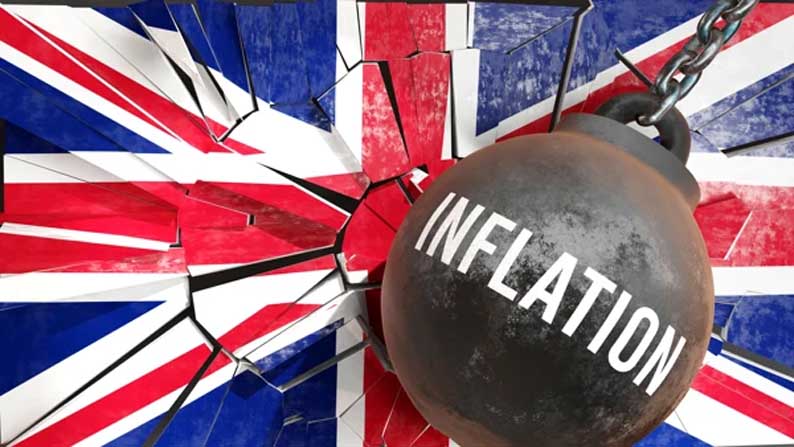By Craig Erlam
It’s been a tough trading day, with UK inflation data sending worrying signals, while the RBNZ seemed to declare ‘job done’ in its inflation battle.
The headline UK inflation number may look like a massive step in the right direction in April, but the reality is that there’s far more to be concerned about in the report than happy. On the one hand, inflation has slipped significantly from 10.1% to 8.7%, but that’s where the good news starts and ends.
This is still much higher than what forecasters were predicting, a decline to 8.2%, while core inflation leaped higher unexpectedly to 6.8% from 6.2%. That’s a serious setback when you consider that sticky inflation is what the Bank of England is fighting, not the headline number.
Wednesday’s report can not be viewed as a step in the right direction, but rather a big step back.
The MPC will find it very hard to justify holding rates in June and may have little option but to go further again, unless we see a dramatic improvement at the core level over the coming months.
The risk of inflation becoming embedded has recently increased greatly and that must make the MPC a little nervous. It will be very interesting now to hear what Governor Bailey has to say.
RBNZ end to tightening cycle
‘Job done’ was the message from the RBNZ meeting on Wednesday, as the MPC hiked the cash rate by 25 basis points and effectively declared the end to the tightening cycle.
For once, there was no unanimity in the vote, with two policymakers voting for a pause, but all are seemingly comfortable with that being the end of the road.
Governor Adrian Orr declared that, “all of the committee were comfortable with the forward path that had interest rates holding around 5.5%”, so they couldn’t be more explicit in their guidance.
Barring another inflation shock, the RBNZ now expects to hold rates steady for a year at least before cutting once inflation returns sustainably to target.
It also expects the economy to be more resilient than before, eyeing only a minor recession in the process. This far more upbeat view didn’t do the currency any favours, tumbling more than 1.3% as traders were forced to pare back interest rate expectations and factor in a lower terminal rate.
The question now is will other central banks be so abrupt with their pivot and will they join the RBNZ in doing so soon?
Oil continues higher
Oil prices are trading higher again on Wednesday, buoyed by the latest short-seller warning from Saudi Arabia. The prospect of another “ouching” moment is seemingly too much to bear, although if past experience is anything to go by, traders may be tempted to call his bluff.
Saudi Energy Minister Prince Abdulaziz bin Salman told short-sellers to watch out during his most recent comments on the market, which come a little before the next OPEC+ meeting on June 4.
Coming over the weekend again, traders may not be in quite the same mood to test the group’s resolve, as the market gapped significantly higher last time. That said, a failure to follow through could see prices move sharply in the other direction.
Gold could see support
Gold is treading water ahead of the Fed minutes later Wednesday and the US inflation data at the end of the week. It’s stabilised around $1,960 which is a big technical level of support for the yellow metal.
It remains in correction territory and while a move below wouldn’t exactly change that, it would suggest we may be facing a much deeper correction.
Some good news on the inflation side or a softening in the tone from Fed policymakers in the minutes could further solidify this support zone. As could debt ceiling talks going right up to the deadline, assuming we are seeing traders gravitate to safe-haven gold as a hedge.
Is bitcoin making a break lower?
Bitcoin remains in consolidation, but dipped a little on Wednesday, taking the price back below $27,000 and toward the lower end of its recent range.
The trend of recent weeks has been against it and may suggest there’s further pain to come. That said, it still pales to insignificance compared with the gains we’ve seen since the start of the year.
The next key technical level below remains $25,000.
Craig Erlam is Senior Market Analyst, UK & EMEA at OANDA
Opinions are the author’s, not necessarily that of OANDA Global Corporation or any of its affiliates, subsidiaries, officers or directors. Leveraged trading is high risk and not suitable for all. Losses can exceed investments.







